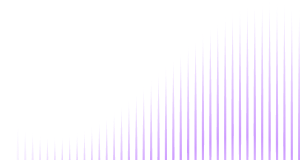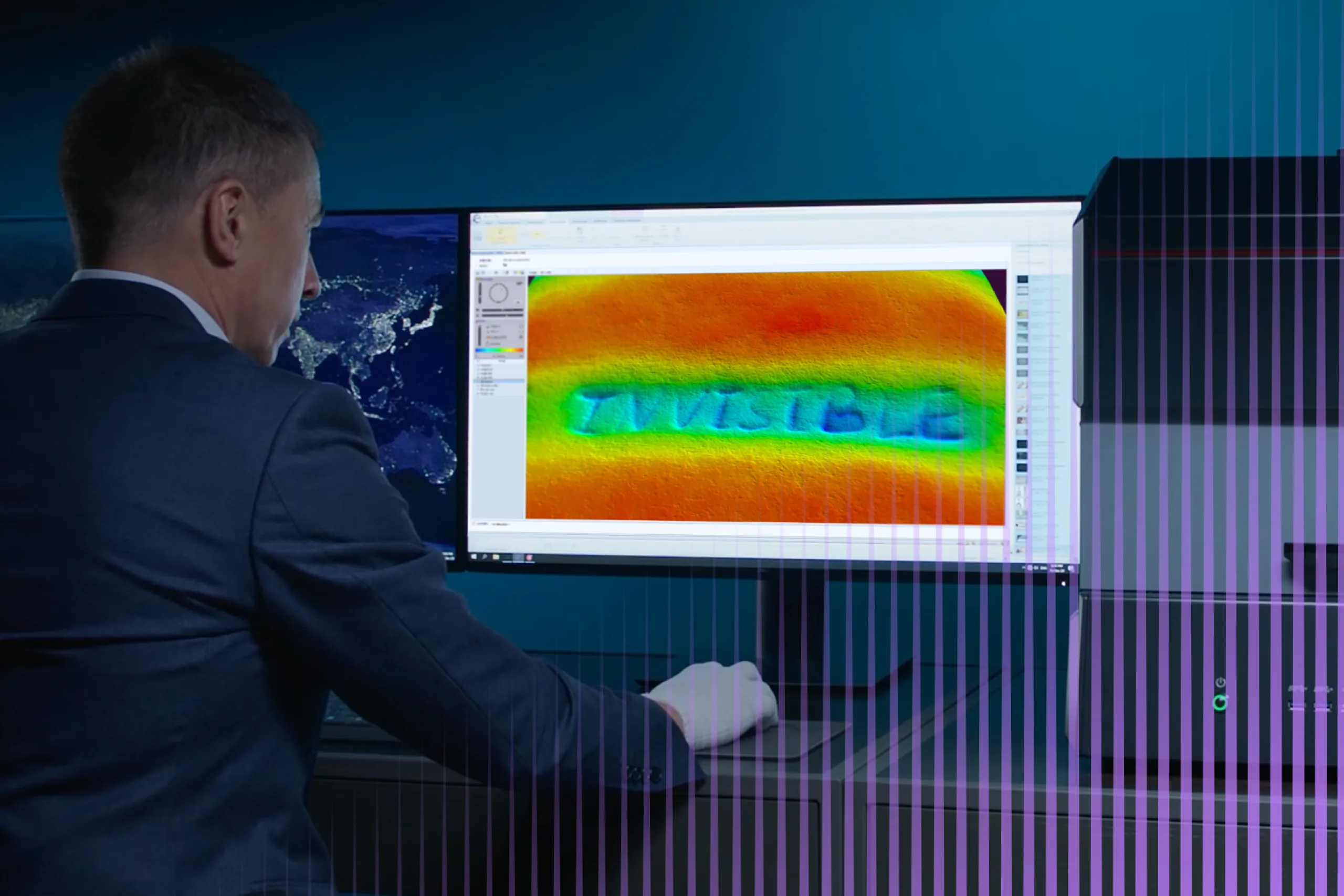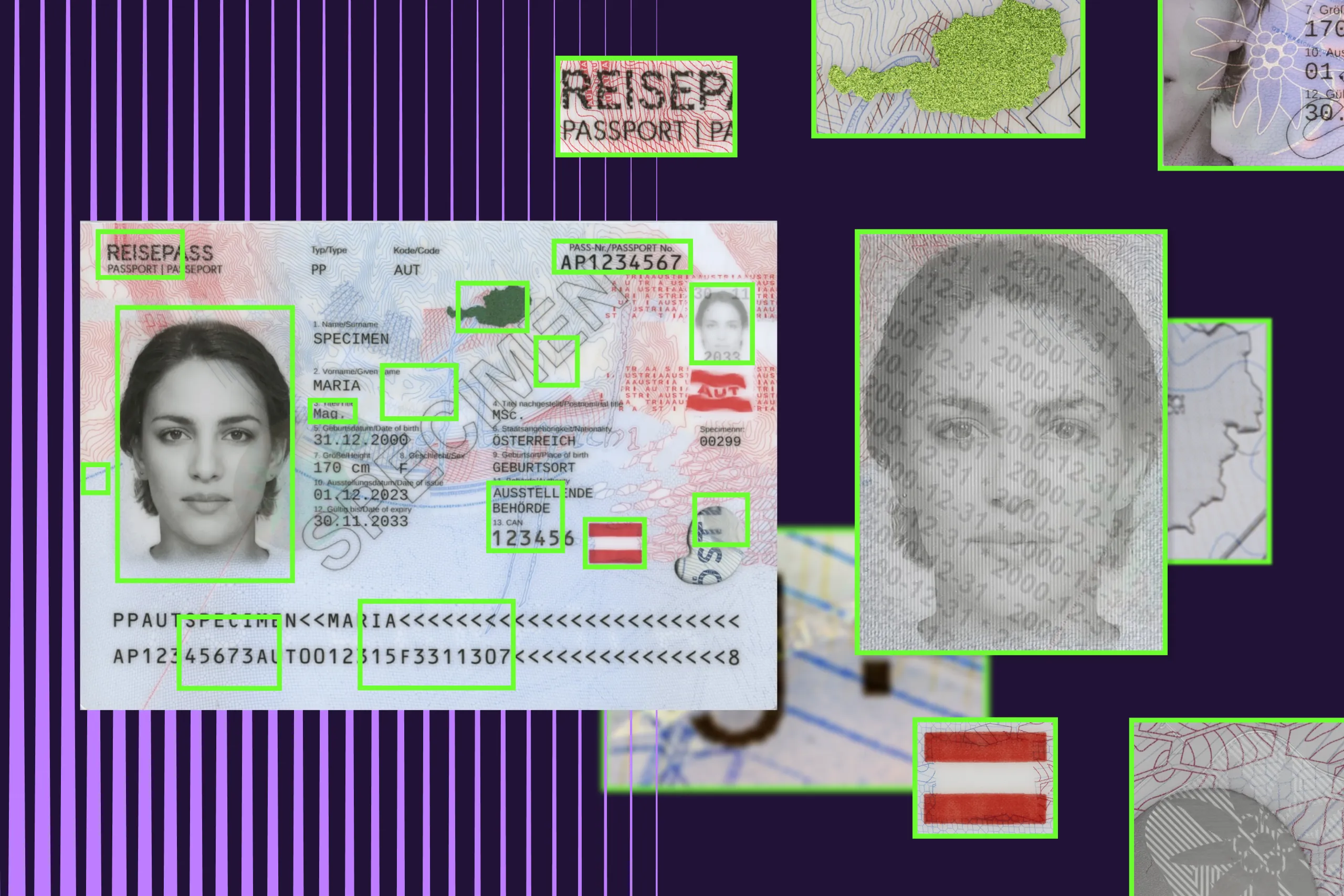The word forensics is typically associated with crime scene investigations, labs, a person in a white protective suit, and crime movies and TV shows.
But in reality, forensics does not always match these popular associations. Modern forensic science brings together a wide range of specialties, and the exact list can vary depending on national legislation, subordinate institutions, and other factors. The discipline encompasses dozens of subdivisions, many of which do not involve wearing protective suits at all. This distinction is important to clarify, as the field is much broader and more diverse than what is typically portrayed in the media.

Forensic science encompasses dozens of subdivisions. Naturally, the exact number and classification of these specialties may vary from country to country and from institution to institution. Source: enfsi.eu
In this article, we will focus on questioned document examination (QDE), explore the required skills of a forensic document examiner (FDE), and show how Regula helps to uplevel forensic practices.
Who are forensic document examiners?
In simple words, forensic document examiners are specialists trained to analyze documents for signs of forgery and/or alteration. They apply scientific methods to examine handwritten documents, printed text, security paper, inks, and security features to determine authenticity and/or origin.
Forensic document examiners typically work in forensic laboratories that relate to government and law enforcement agencies, such as police departments, customs, border security, immigration services, and ministries of justice.
Key skills of forensic document examiners
Typical tasks of forensic document examiners include:
- Examination of documents for signs of forgery or alteration
- Comparing questioned handwriting or signatures with known samples
- Determining whether two writings were produced by the same person
- Distinguishing natural writing from traced or simulated signatures
- Examining printed documents to determine the source of production (printers, specific printing machines) and discerning if the documents in question originated from the same source
- Examining fonts, inks, and seals for consistency with authentic standards
- Revealing altered or damaged contents of documents
- Establishing the approximate time of document creation
- Determining the sequence of entries (e.g., whether a signature was placed before or after typed text)
- Identifying fraudulent use of genuine documents (e.g., photo substitution)
- Authenticating banknotes, checks, or other financial papers
- Determining if multiple counterfeit banknotes share the same origin (clandestine printing house)
- etc.
Forensic document examiners are not graphologists, who claim to be able to identify a person's character traits based on their handwriting features. In the scientific community, graphology is considered pseudoscientific. However, besides FDE specialists, there are also forensic handwriting examiners, who have approved scientific knowledge in the forensic analysis of handwriting.
Based on these typical tasks, the following key skills are essential:
- Knowledge of document production, security features, and printing techniques
- Proficiency with forensic equipment
- Knowledge of legal procedures
- Report writing skills
- Attention to detail—the ability to spot minute inconsistencies in handwriting, printing, ink, or security features that might indicate forgery or alteration
- Knowledge of optics, chemistry, and physics
- Understanding of other related fields of expertise to facilitate joint problem-solving
- Continuous learning
One of the most important responsibilities of a forensic document examiner is preparing expert reports and delivering testimony in legal settings. Their reports must be clear, objective, and detailed, presenting complex technical findings in a way that judges, lawyers, and juries can understand.
Beyond written documentation, examiners are often called to appear in court as expert witnesses, where they explain how conclusions were reached, and answer questions from both the defense and the prosecution. The ability to communicate evidence effectively is just as critical as the technical analysis itself, since these findings can directly influence the outcome of legal proceedings.
How to become a forensic document examiner
Most professionals start with a background in forensic science, chemistry, or another physical science. In some countries, a background in law, criminology, or even printing and publishing can serve as a foundation. A bachelor’s degree is typically the minimum requirement, followed by specialized training in questioned document examination, often through a structured apprenticeship or mentorship under experienced examiners.
Interestingly, there are cases when publishers may retrain to become FDE specialists, especially if they have extensive knowledge of security features and printing techniques, such as offset, letterpress, intaglio, screen, rainbow, etc.
While education and formal training are the foundation of a forensic document examiner’s career, the environment in which a graduate begins to work plays an equally critical role in shaping their expertise. The quality of mentorship they receive from senior examiners, the sophistication of the laboratory, the quality of the equipment, and the diversity of the cases all contribute to professional growth. Routine tasks—such as authenticity verification of travel documents or banknotes—build technical precision, while complex cases involving multi-layered forgeries or rare security features push examiners to expand their analytical skills.
After graduation, laboratory surroundings and practical exposure often determine how quickly and effectively an FDE transforms from a novice into a confident, independent specialist.
Subscribe to receive a bi-weekly blog digest from Regula
The core elements for trustworthy forensic document analysis
Everything in the world is made up of systems—whether it's a security system, traffic control, or anything else. Questioned document examination is no exception; it is a system with its own structure and rules. But what makes any system truly effective and resilient?
When it comes to verifying the authenticity of documents, three key components form the foundation of a reliable system:
Technical tools—Both hardware and software that enable in-depth examination.
Information support—The scope of instructions, methodologies, and standard operating procedures (SOPs) on how to carry out forensic document analysis, together with reference databases.
Trained personnel—Experts who know how to apply the knowledge and interpret examination results correctly.
Only when all three elements work in harmony can questioned document examination deliver accurate, consistent, and trustworthy results.
What Regula does to upskill forensic document examiners
At Regula, we have separate divisions that are dedicated to these three branches.
Let’s look at them step by step.
Element #1. Technical tools
Regula’s hardware product line covers devices that are used for all types of document and banknote authentication wherever checks are made, ranging from compact, portable devices for in-field checks, up to lab-level flagship devices with extensive capabilities and best-in-class tools and features.
If you’re interested in practical tools on how to efficiently equip a forensic lab, don’t hesitate to read A Practical Guide to Equipping a Forensic Document Lab from Scratch.

From compact magnifiers to video spectral comparators, Regula offers a broad range of products with top-notch technical capabilities designed to meet varied QDE needs.
After supplying devices, our team provides customers with training on how to operate them. The more complex the machine is, the more nuances there are.
Still, having a forensic device at hand—and even knowing how to operate it—isn’t enough for a forensic document examiner to compare questioned objects against real-world examples. Here, reference systems come into play, as no forensic document examiner knows all the travel documents and banknotes from around the world, and nobody has a complete collection of physical samples.
Element #2. Information support
Forensic document examiners must constantly compare questioned items with references (e.g., a suspicious passport with an official specimen). For this purpose, Regula’s Information Reference Systems (IRS) lends a helping hand.
These digital databases provide access to over 12,300 reference items, including different types of travel documents, vehicle documents, banknotes, and coins—both current and obsolete—from around the world. The samples are full-page images captured under multiple light sources (white, UV, IR, IR luminescence), as well as detailed close-ups of personalization methods, printing techniques, and embedded security features.
Element #3. Trained personnel
A tool is only as good as the specialist using it. Even a combination of high-end hardware and reference databases can’t replace regular staff training. Without a proper foundation of knowledge, you can’t expect high-quality results in QDE.
That’s why Regula forensic document examiners share valuable knowledge both with professionals and newcomers to the field in specialized training sessions. Two levels of depth in the topic make these versatile classes suitable for junior and mid-level professionals.
To learn terminology (or just freshen up), we recommend that you visit Regula’s glossary of documents and banknotes. They cover all modern security features and printing techniques used in travel documents and banknotes with clear, short explanations of each security feature’s function, alongside real-world examples.
Designed as a practical tool for forensic document examiners, border control officers, and authentication specialists, the glossary is regularly updated to include the latest advancements in document security, ensuring users have access to the most current and relevant information in the field.
If you are interested in learning how Regula’s Information Reference Systems are updated, don’t hesitate to read How Regula Creates the Most Full and Detailed Document Reference System.
The Regula blog also offers insightful guides dedicated to forensic examination and banknote authentication. These expert-driven articles share information on spectrometry, handwriting examination, 3D reconstruction, hyperspectral analysis, and other approved examination techniques based on real-world experience for professionals across law enforcement, border security, finance, and more.
Conclusion
Forensic document examination is a specialized field that requires a precise blend of knowledge, tools, and continuous training. Mastering this discipline goes beyond academic qualifications—it demands familiarity with document security features and printing techniques, proficiency in advanced equipment and research methods, access to reliable reference databases, and other knowledge and skills.
At Regula, we understand the multifaceted nature of this profession. That’s why we offer not just forensic tools, but also a comprehensive approach to elevate document examination practices worldwide.
Don’t hesitate to contact our team to explore forensic solutions or training tailored to your specific needs.





